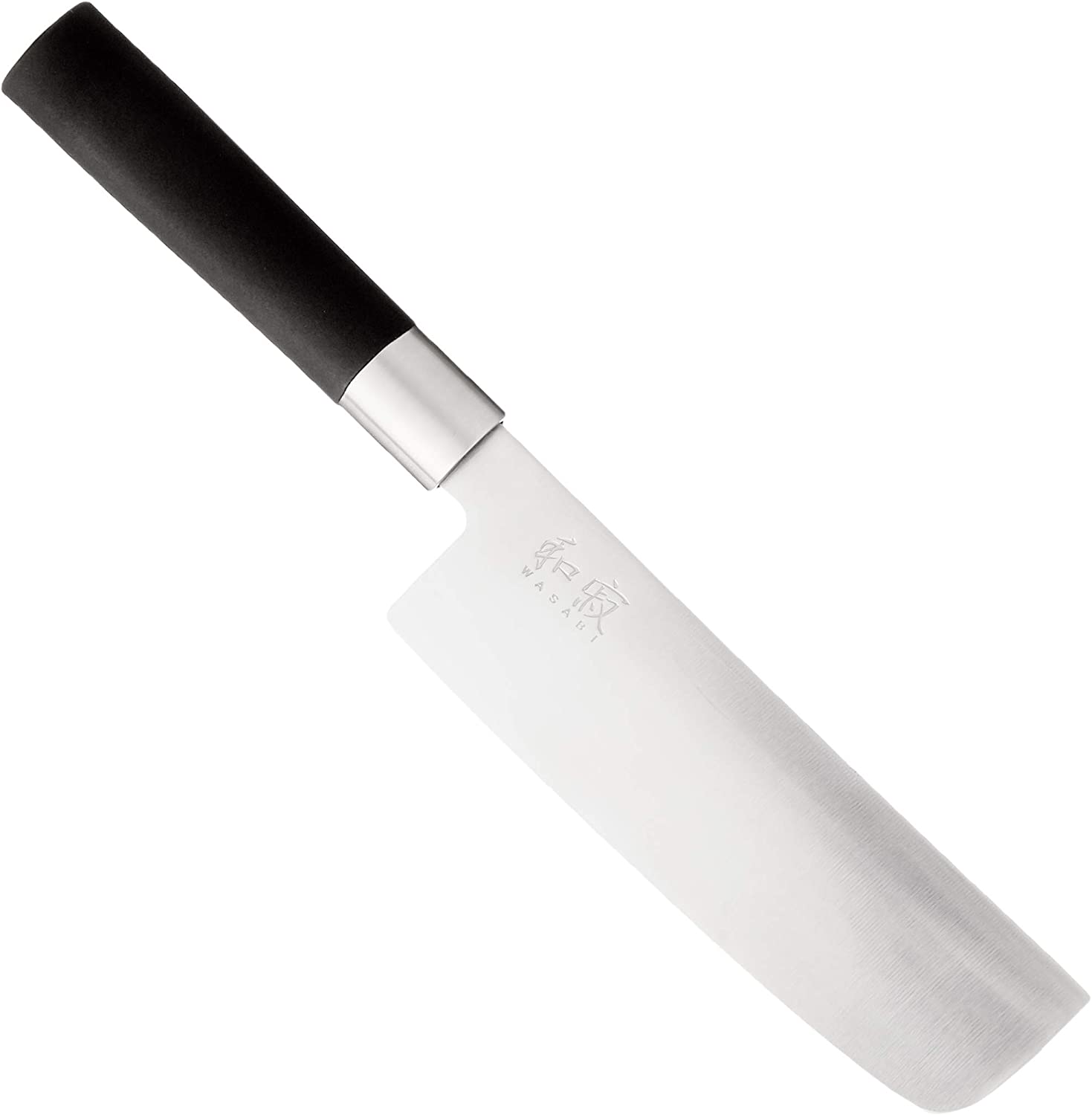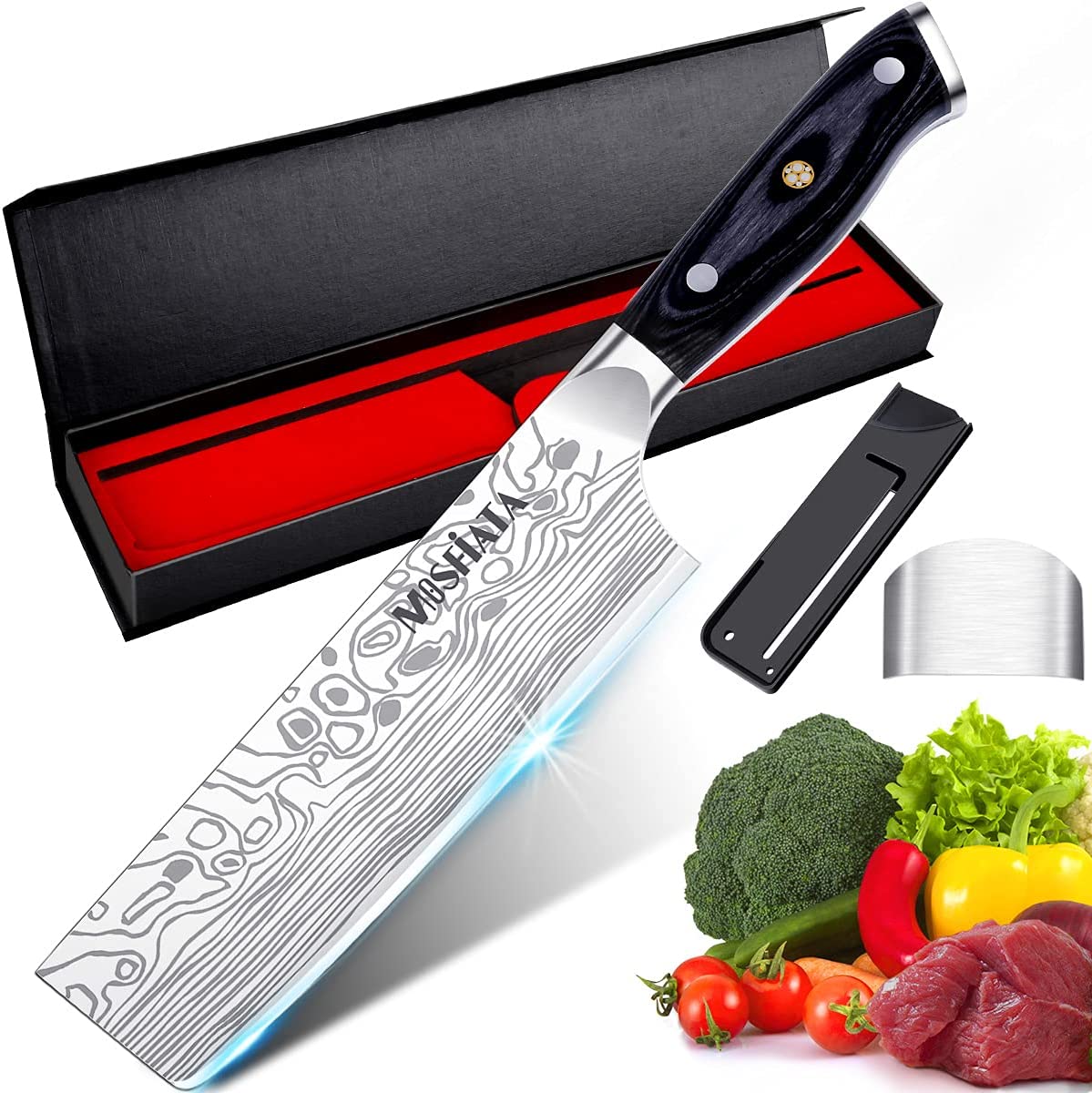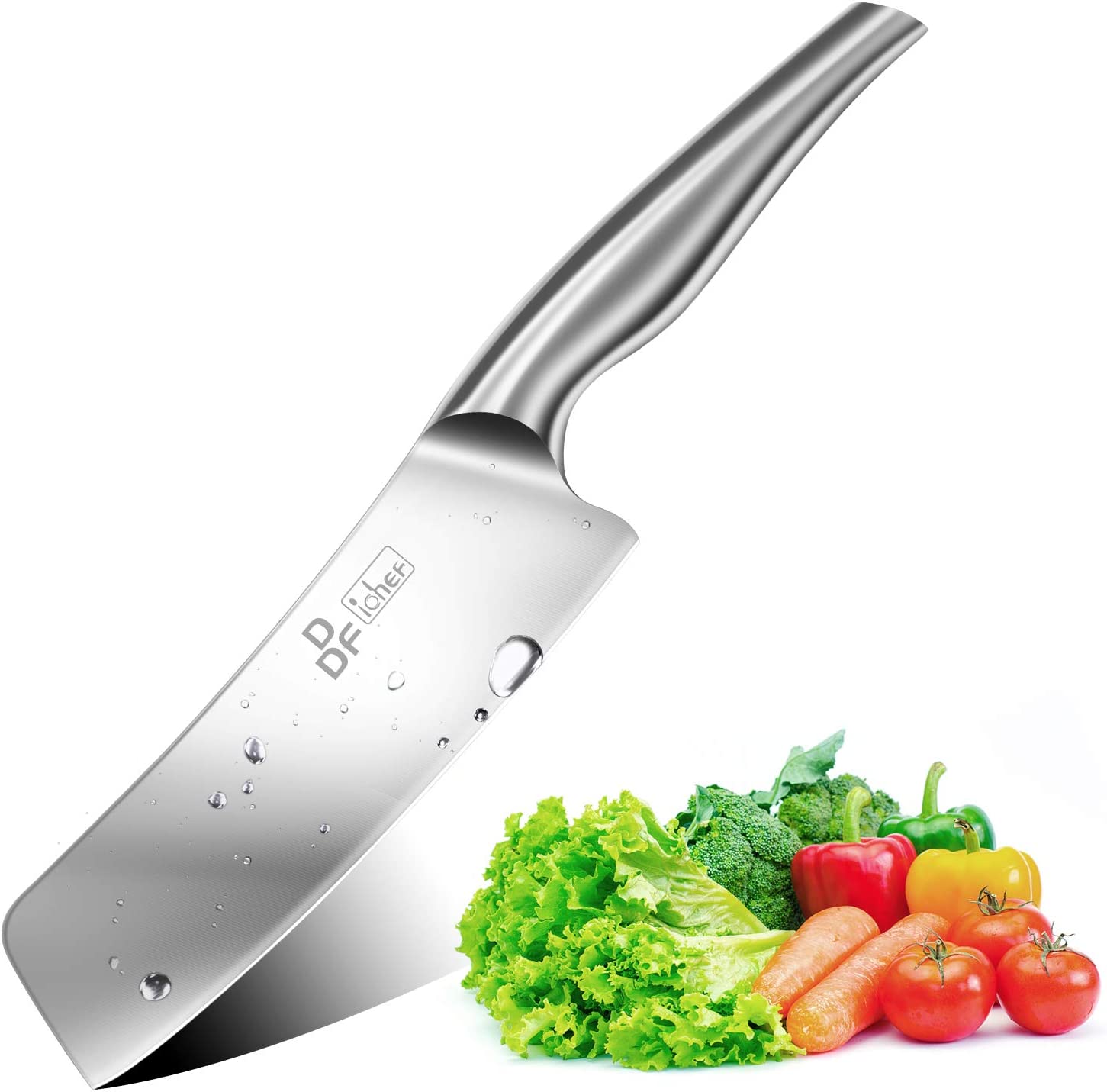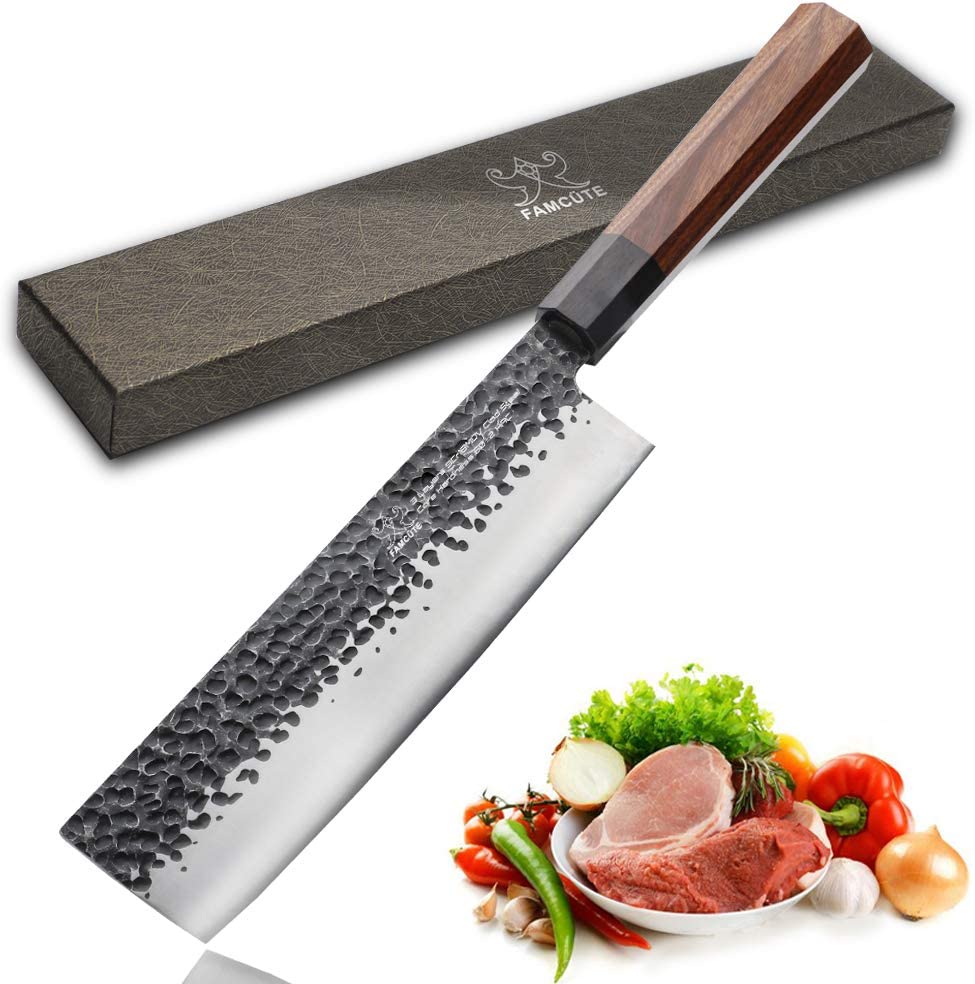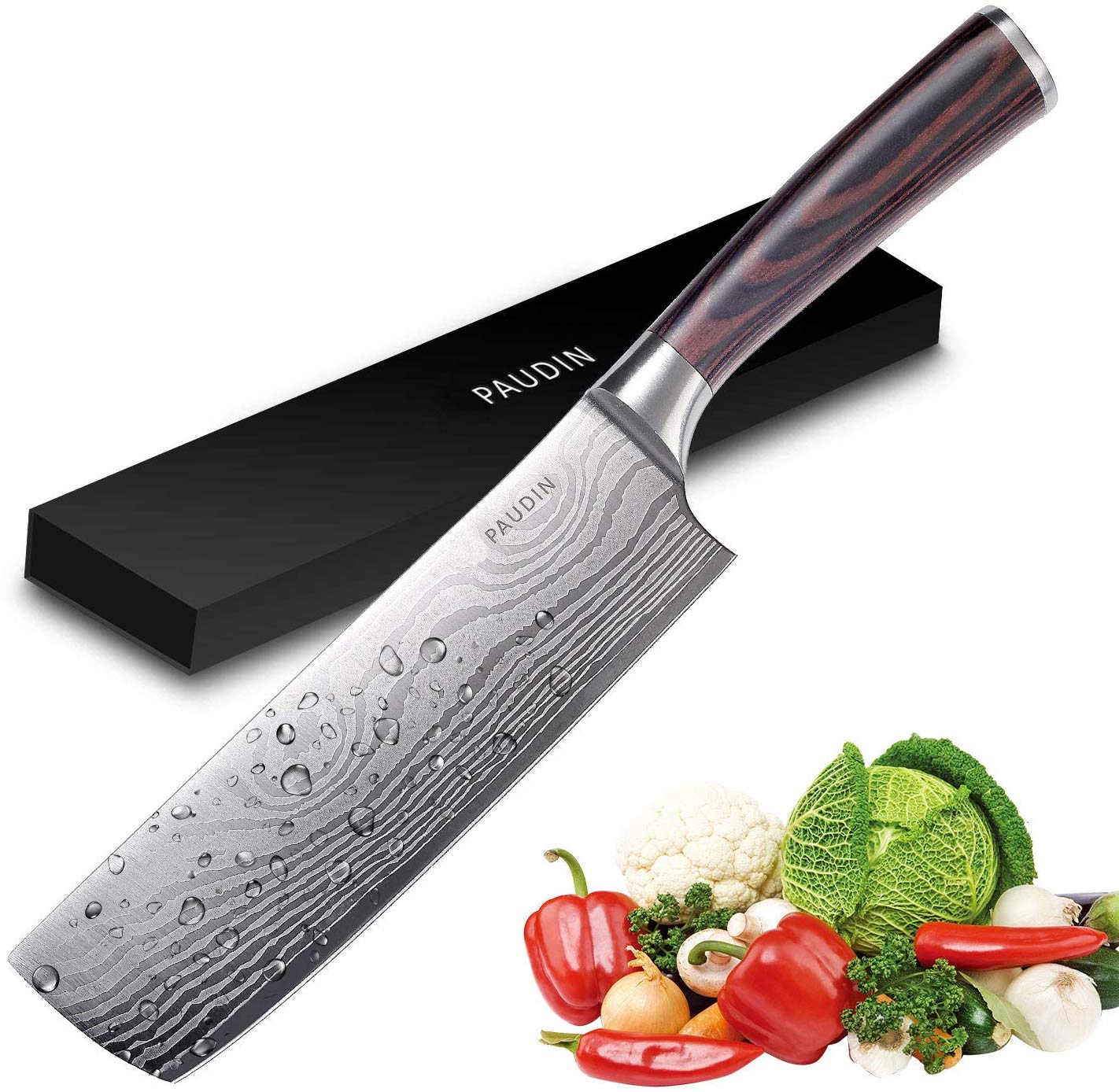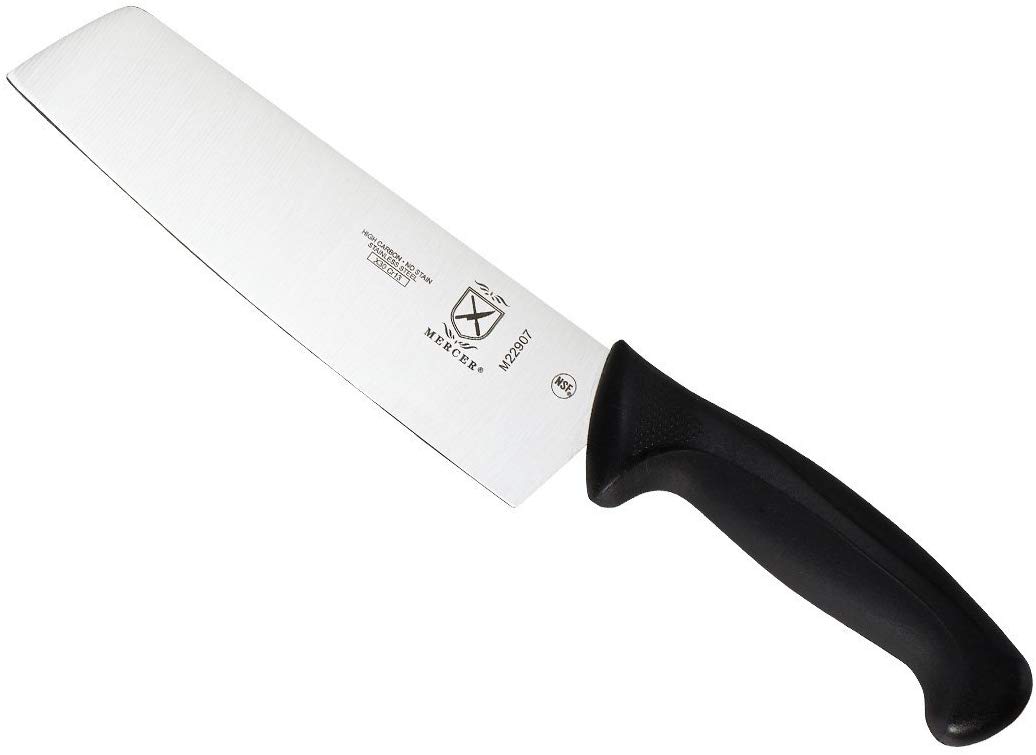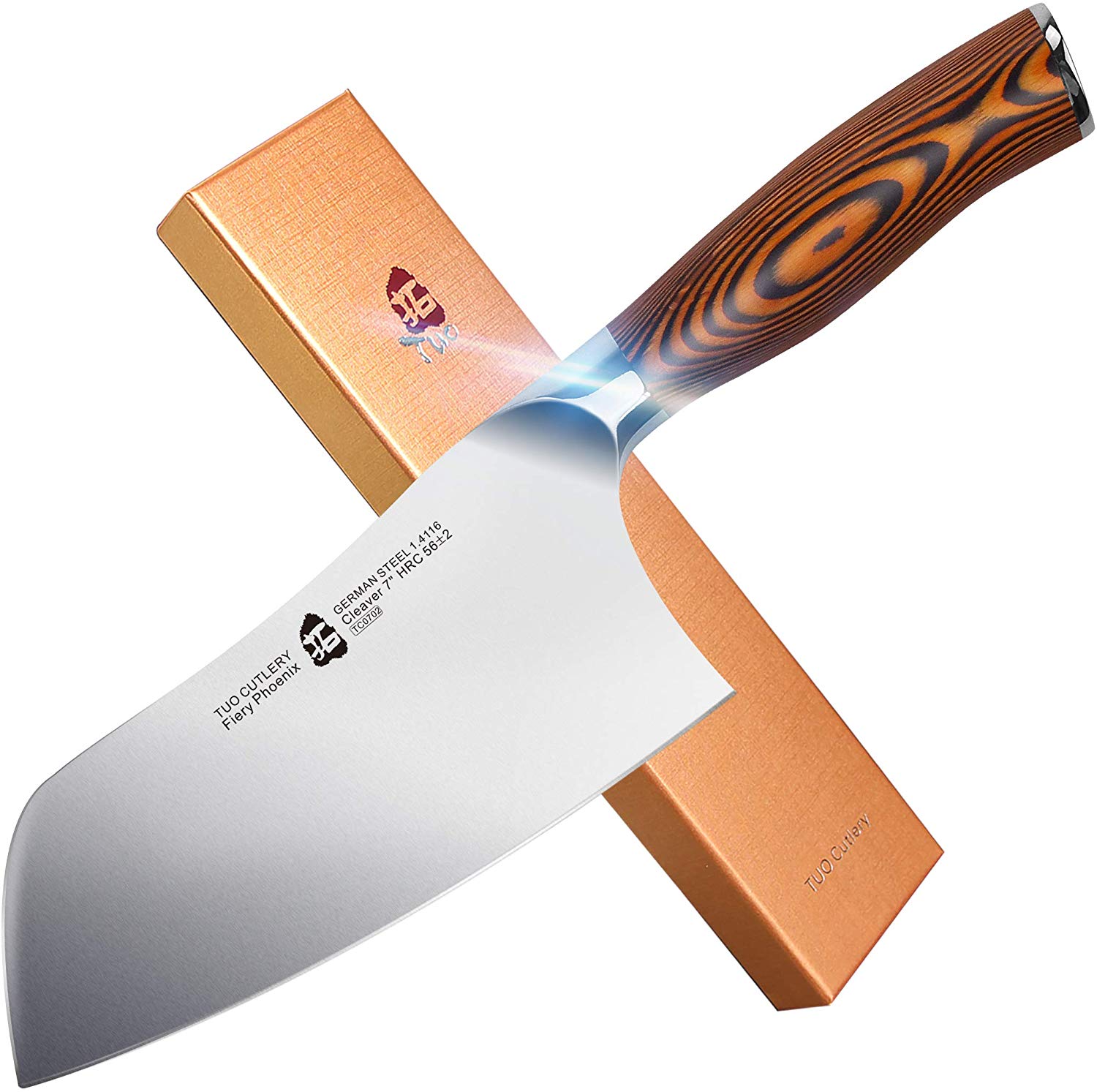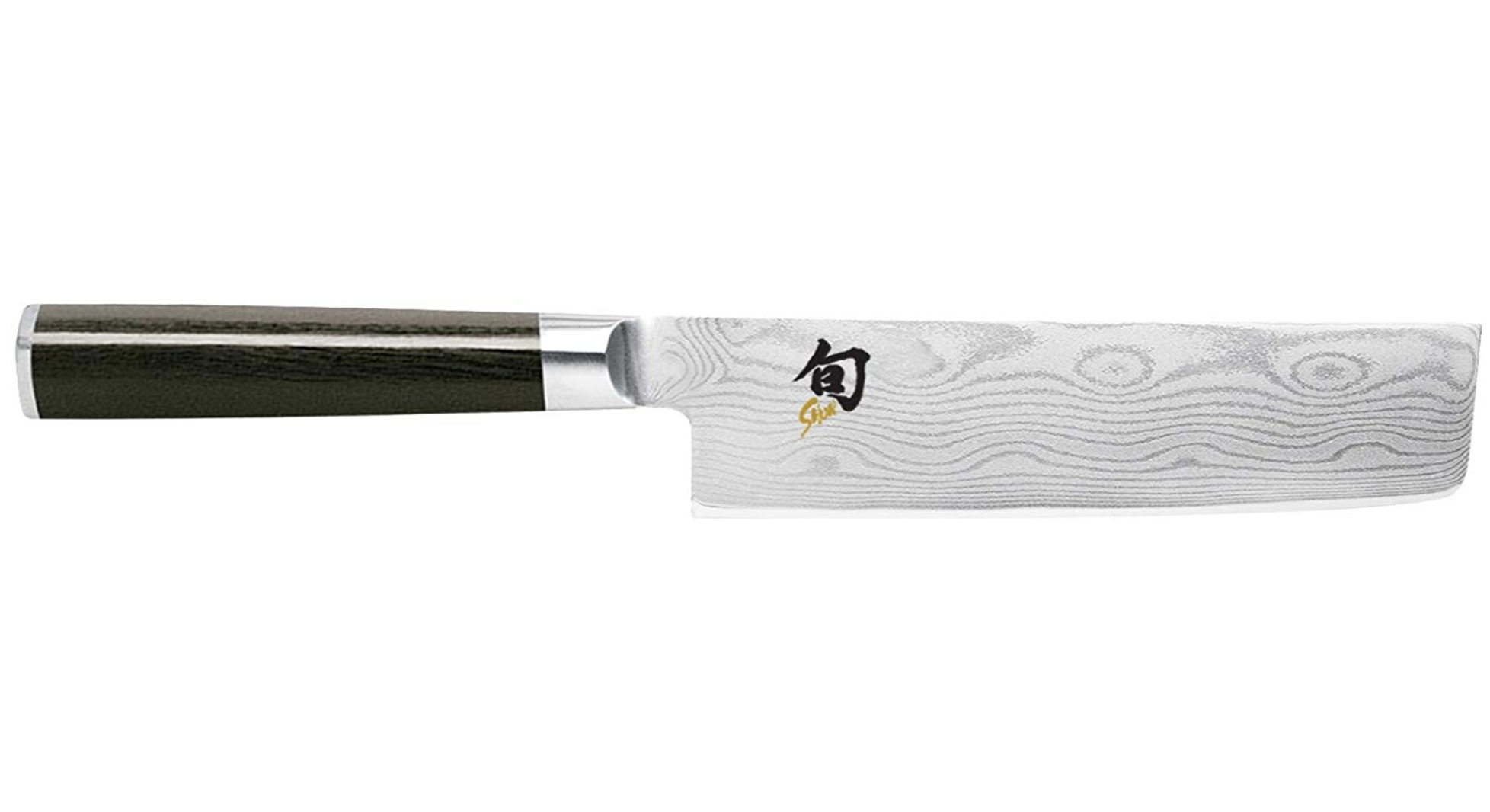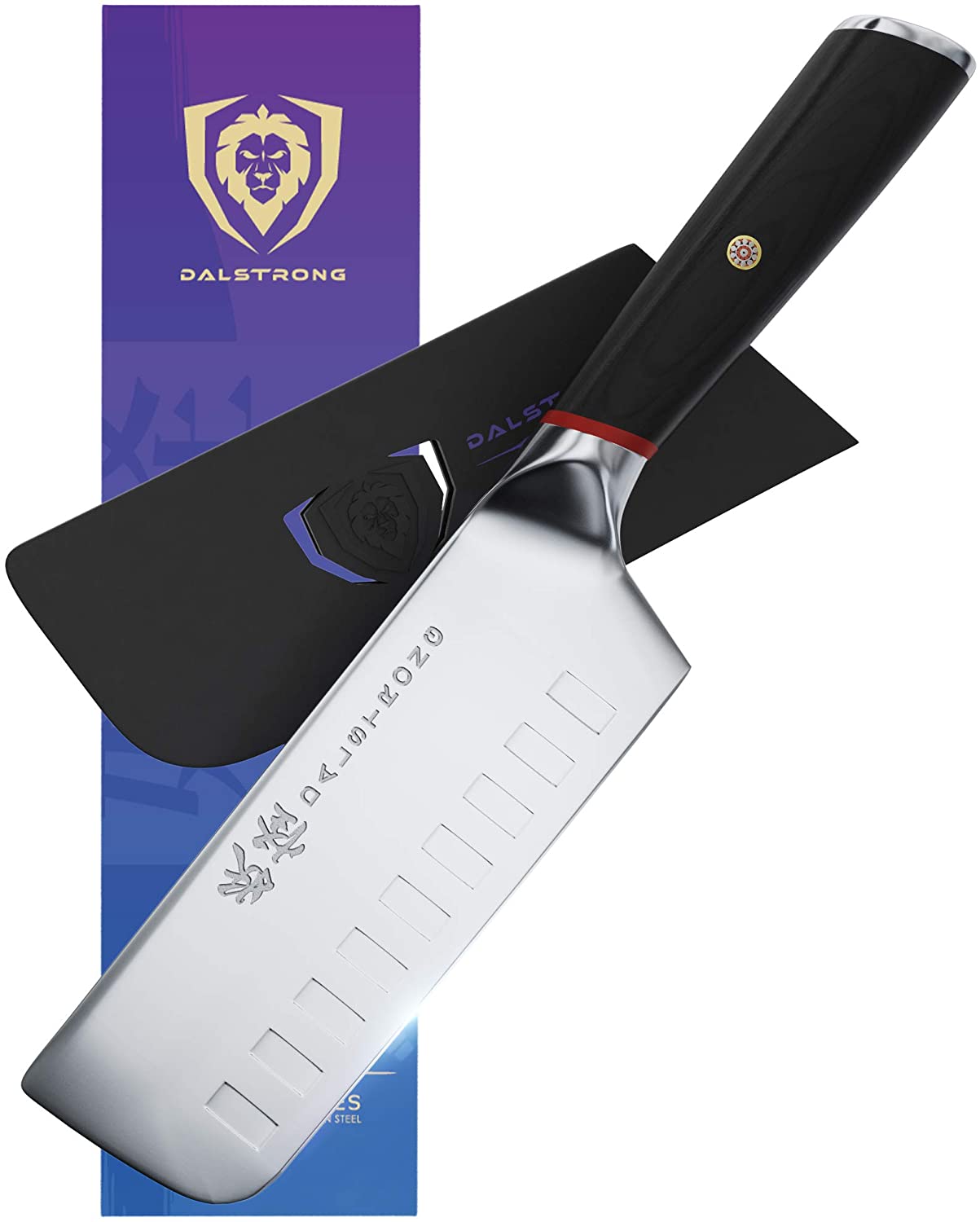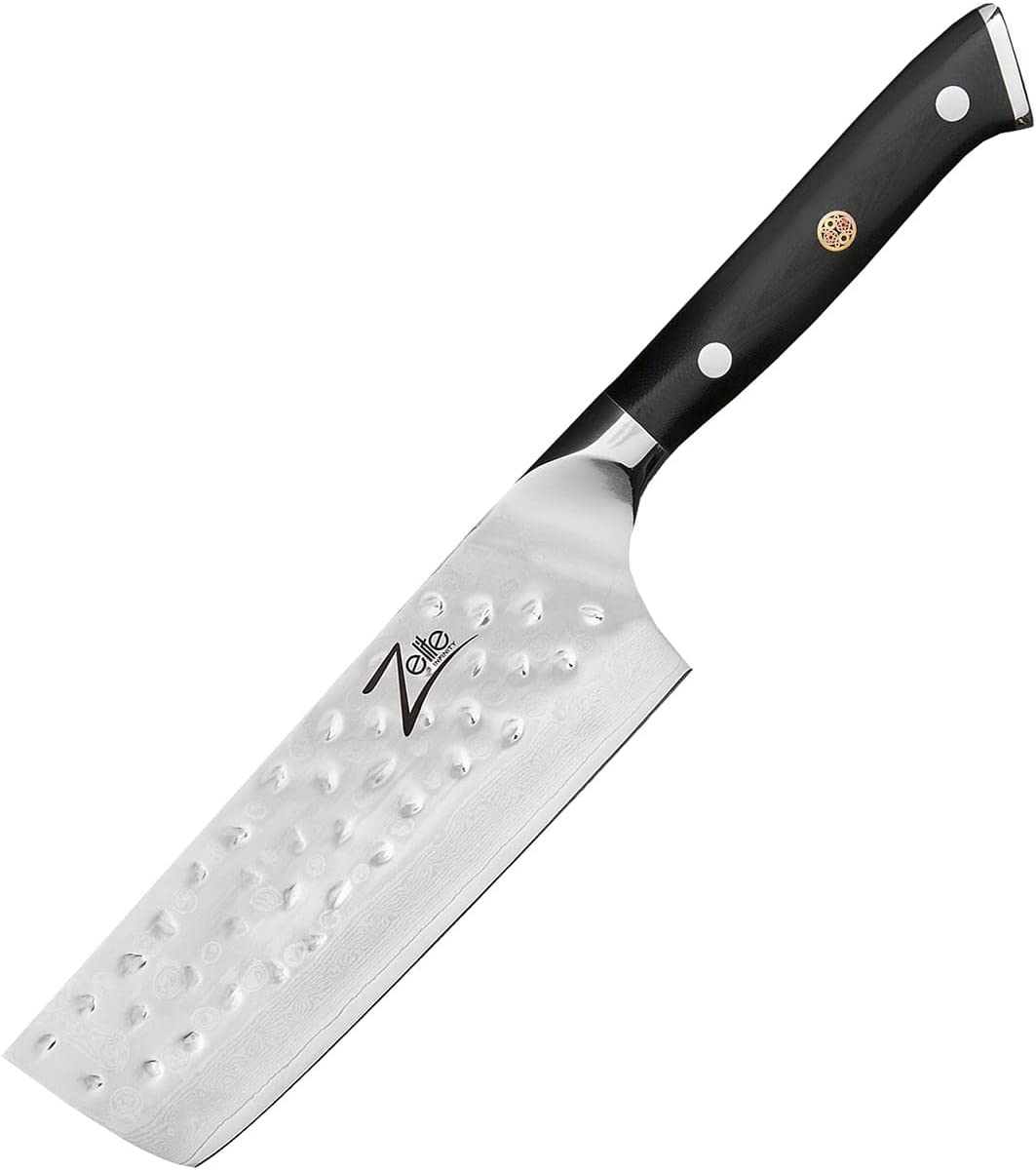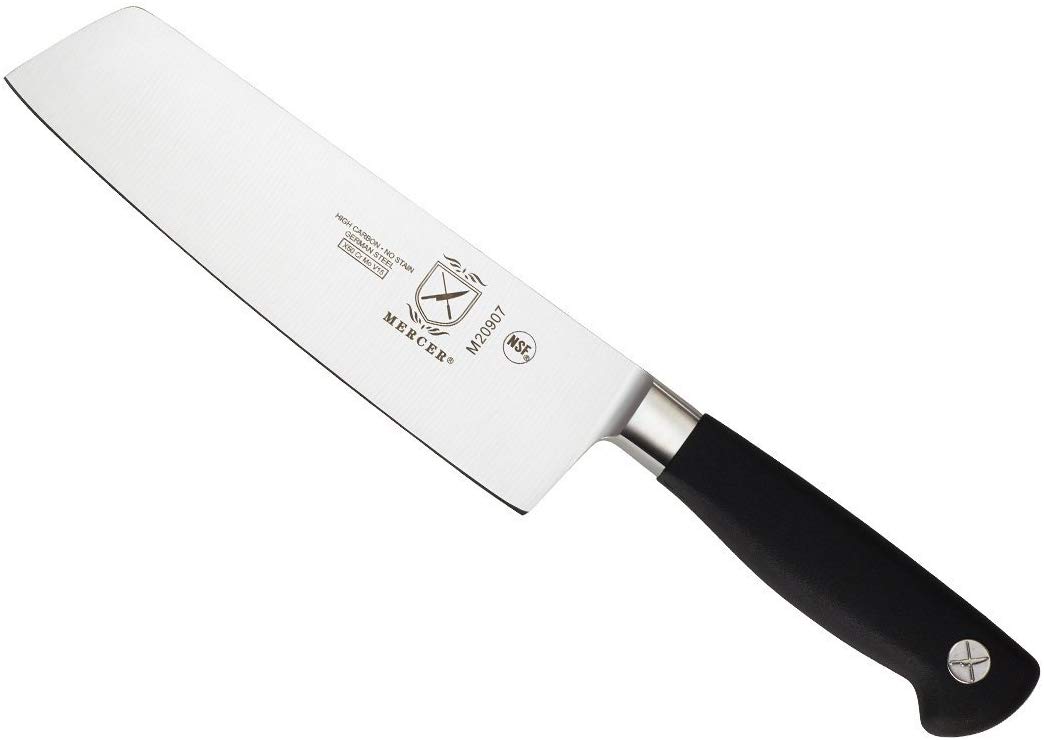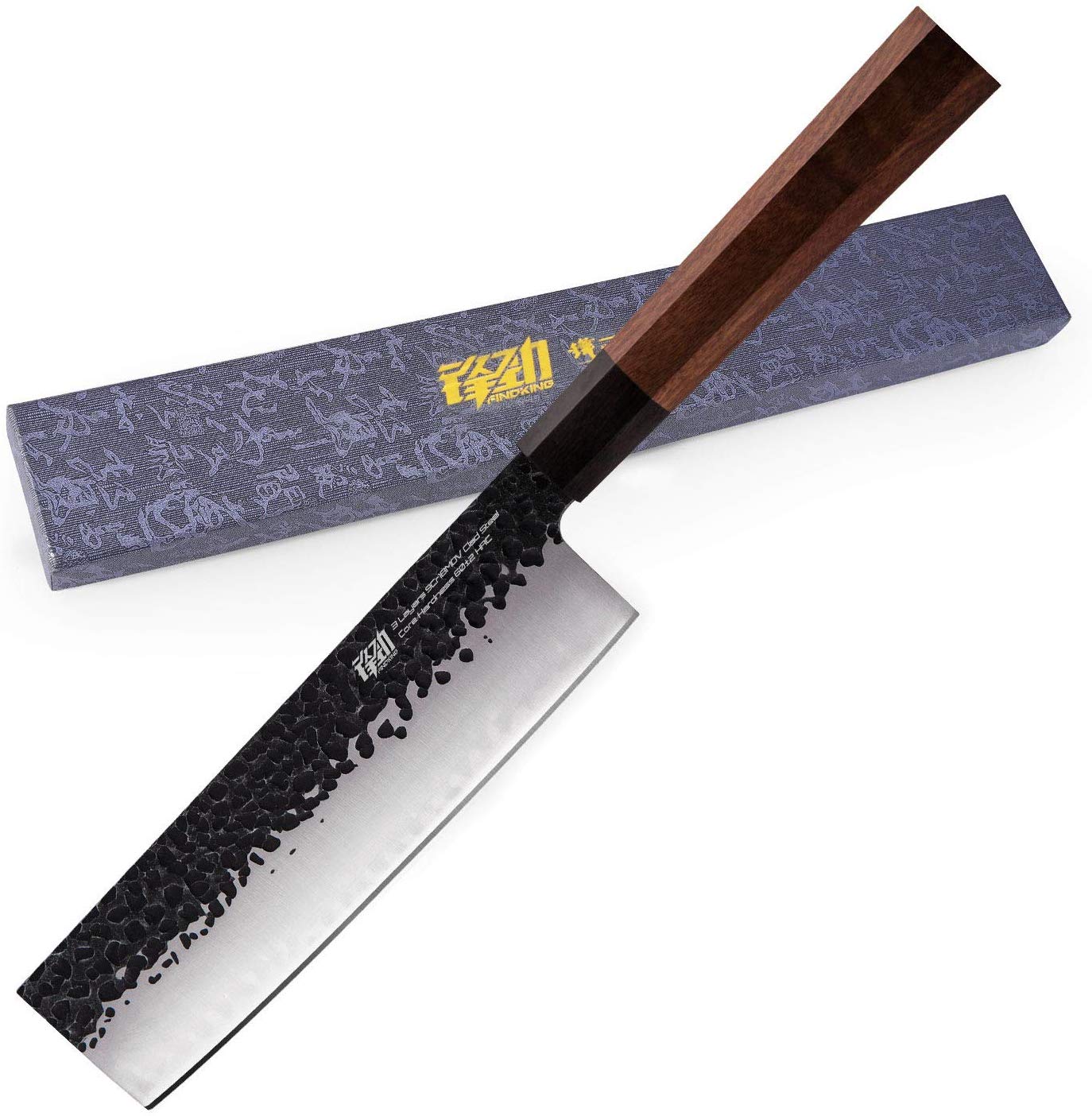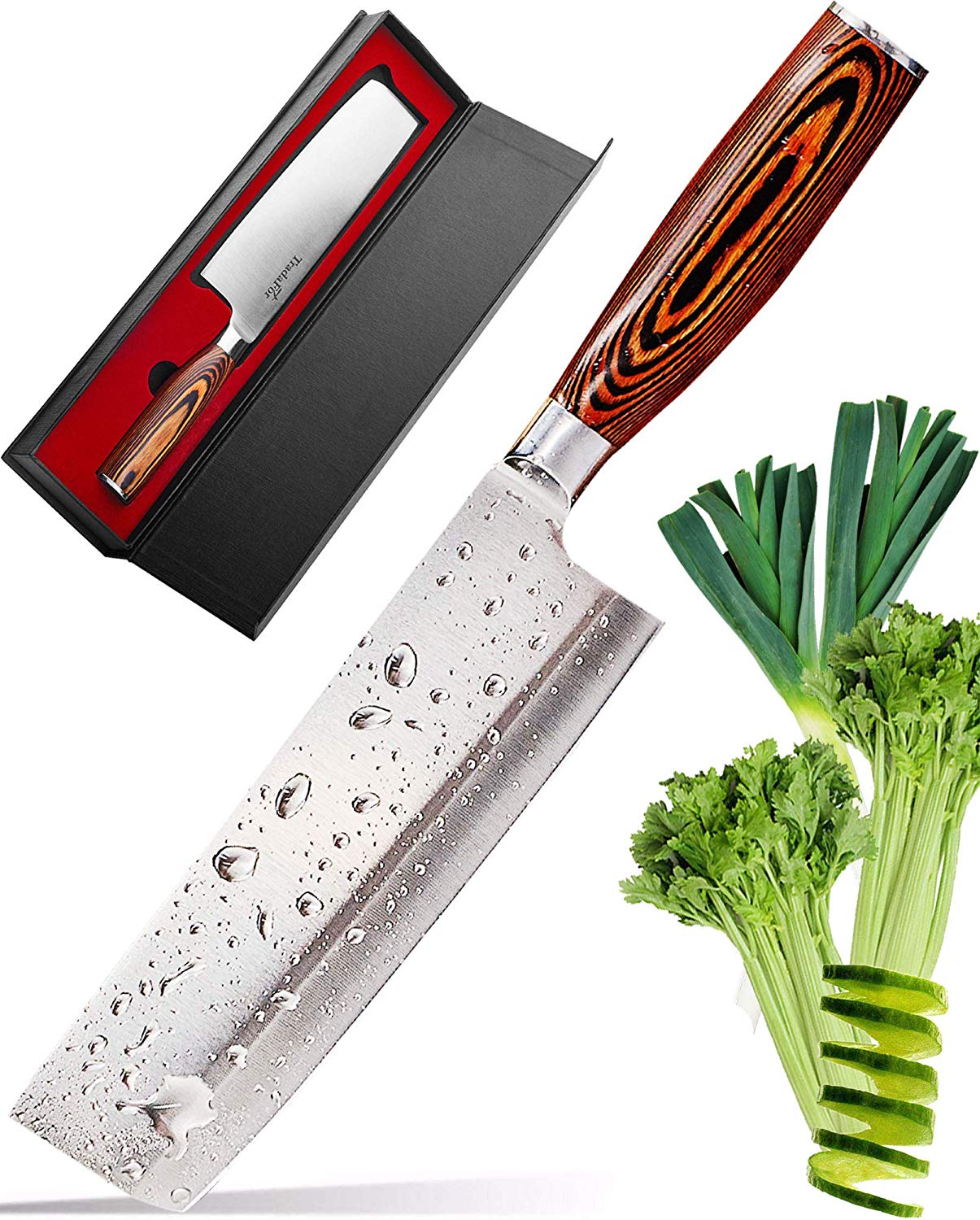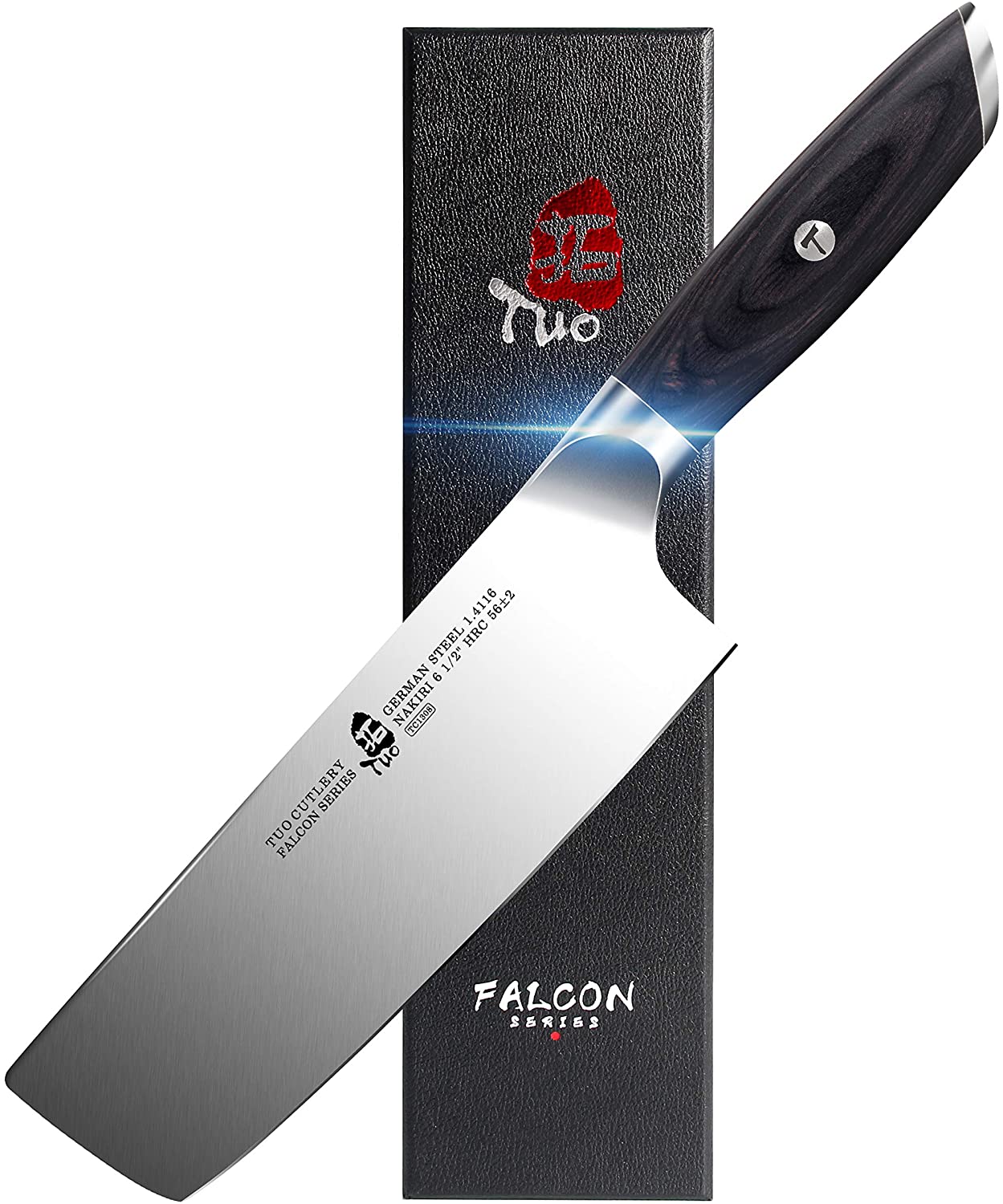Kai Traditional Wear-Resistant Nakiri Knife, 6.5-Inch
Last updated: December 1, 2022
We looked at the top Nakiri Knives and dug through the reviews from some of the most popular review sites. Through this analysis, we've determined the best Nakiri Knife you should buy.
Product Details
In our analysis of 32 expert reviews, the Kai Traditional Wear-Resistant Nakiri Knife, 6.5-Inch placed 14th when we looked at the top 15 products in the category. For the full ranking, see below.From The Manufacturer
The perfect knife for effortlessly chopping vegetables, the Wasabi Black Nakiri knife will made quick work of all your vegetable prep. Many of the Wasabi line of knives are made in the traditional Japanese blade styling (such as the Nakiri, Deba, and Yanigiba shapes). Each knife features unsurpassed cutting performance due to the Daido 1K6 high-carbon, stainless which maintains superior edge retention. Although it has a traditional blade-style (shape), it is paired with a uniquely modern handle material, polypropylene blended with bamboo powder, and impregnated with an antibacterial agent for super clean food preparation.
Our Expert Consultant

Culinary Expert
Julie Chernoff is a long-time member of Les Dames d’Escoffier (past president of the Chicago Chapter, and current co-chair of the LDEI Legacy Awards Committee), the Association of Food Journalists (AFJ) and the International Association of Culinary Professionals.
Chernoff is the dining editor of Better, a lifestyle website and print magazine. Her journalism started in the test kitchens of Weight Watchers Magazine. She holds a BA in English from Yale University and is a graduate of the California Culinary Academy. She has spent the last few decades styling, photographing, teaching, developing recipes, editing, thinking and writing about food.
